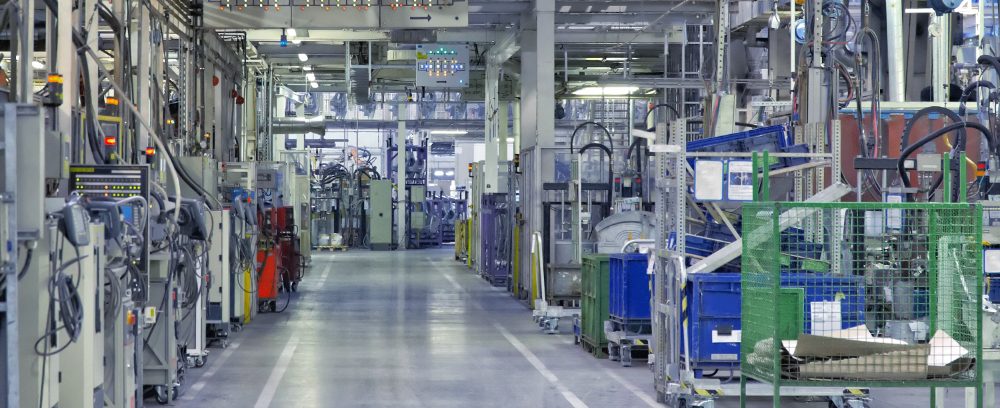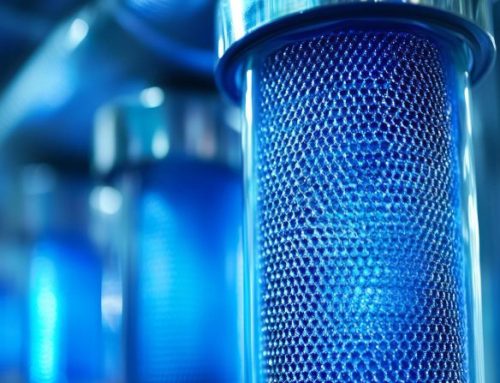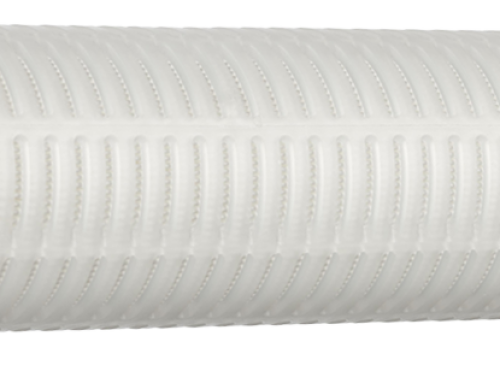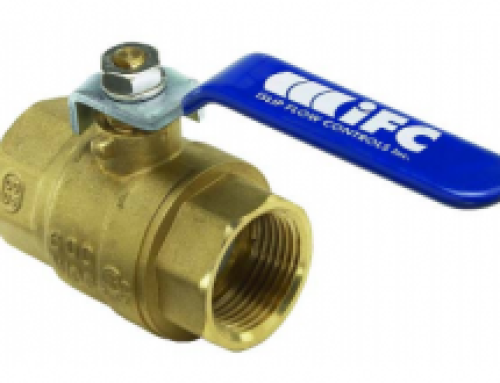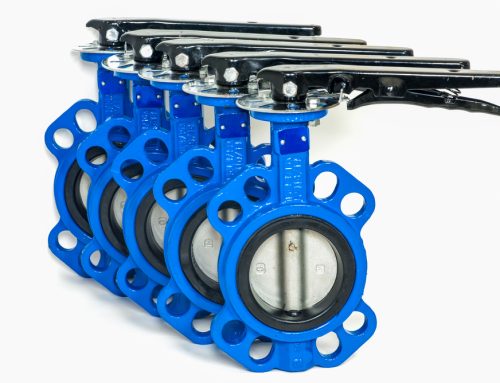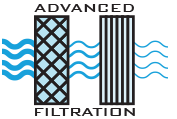Heat exchangers are pivotal in numerous industrial applications because they facilitate efficient thermal energy transfer between fluids without direct contact. Among the various designs, single-stage and two-stage (dual-stage) heat exchangers are commonly employed, each offering distinct advantages tailored to specific operational requirements.
Selecting the appropriate heat exchanger is crucial for achieving operational efficiency, precise temperature control, and cost-effectiveness in industrial processes. We at Advanced Filtration have put together this guide to ensure you understand the distinctions between these two types so that you can make an informed decision.
Understanding Heat Exchangers
A heat exchanger enables the transfer of heat between two or more fluids—liquids or gases—without mixing them. This process is essential in industries such as power generation, chemical processing, HVAC systems, pharmaceuticals, and manufacturing, where temperature regulation is crucial for efficiency and safety. The design and configuration of heat exchangers can vary significantly, influencing their performance and suitability for particular applications.
For a comprehensive understanding of heat exchangers, check out our detailed guide: The Advanced Filtration Guide to Heat Exchangers.
Single-Stage Heat Exchangers
In a single-stage heat exchanger, the heat transfer process occurs in one step. Hot and cold fluids flow through separate channels, allowing heat to pass through a conductive barrier from the hotter to the cooler fluid. This straightforward design is effective for applications where a single heat transfer step can achieve the desired temperature change.
Advantages of Single-Stage Heat Exchangers
Here are some advantages of this straightforward design:
- Simplicity: The uncomplicated design facilitates easier maintenance and operation.
- Cost-Effectiveness: Generally, single-stage heat exchangers have lower initial costs due to their simpler construction.
- Compactness: They often require less space, making them suitable for installations with limited room.
Limitations
The simplicity of single-stage heat exchangers makes them a great option for less demanding applications, but there are a couple of disadvantages, including:
- Limited Temperature Control: Achieving precise temperature regulation can be challenging, as the process relies on a single heat transfer stage.
- Efficiency Constraints: In applications requiring significant temperature changes, single-stage exchangers may be less efficient, potentially necessitating larger units to meet thermal requirements.
Two-Stage (Dual-Stage) Heat Exchangers
Two-stage heat exchangers incorporate two sequential heat transfer processes within a single unit. The fluid undergoes an initial temperature change in the first stage and a subsequent adjustment in the second stage. This configuration allows for more precise temperature control and can enhance overall efficiency, especially in processes demanding significant temperature modulation.
Advantages
A two-stage heat exchanger is a great option when you need better control. Here are some other key advantages:
- Enhanced Temperature Precision: The dual-stage process enables finer control over the final fluid temperature, accommodating applications with stringent thermal requirements.
- Improved Efficiency: By distributing heat transfer across two stages, these exchangers can more effectively achieve desired temperature changes, often reducing the energy input needed.
- Versatility: Dual-stage heat exchangers are suitable for complex processes where fluids require multiple heating or cooling phases.
Limitations
While two-stage heat exchangers offer things like more versatility and better efficiency, they also have limitations, including:
- Increased Complexity: The more intricate design can lead to higher maintenance demands and operational considerations.
- Higher Initial Costs: The advanced design and enhanced capabilities typically result in a greater upfront investment.
Key Differences Between Single-Stage and Two-Stage Heat Exchangers
Now that you have a better understanding of the two types of heat exchangers, let’s take a closer look at the main differences between single-stage and two-stage heat exchangers.
- Design Complexity
- Single-Stage: Features a straightforward design with one heat transfer section.
- Two-Stage: Incorporates two heat transfer sections, increasing design complexity.
- Temperature Control
- Single-Stage: Offers basic temperature control and is suitable for less demanding applications.
- Two-Stage: Provides precise temperature regulation and is ideal for processes requiring exact thermal management.
- Efficiency
- Single-Stage: May be less efficient in applications necessitating large temperature differentials.
- Two-Stage: Enhanced efficiency in managing significant temperature changes due to the staged approach.
- Cost
- Single-Stage: Lower initial investment and maintenance costs.
- Two-Stage: Higher upfront costs, offset by potential energy savings and improved process efficiency over time.
Applications and Considerations
The choice between single-stage and two-stage heat exchangers should align with specific operational needs. Here’s what to consider:
- Single-Stage Applications
- Suitable for processes with moderate temperature changes.
- Ideal for systems where simplicity and cost-effectiveness are priorities.
- Two-Stage Applications
- Beneficial in processes requiring precise temperature control, such as chemical reactions sensitive to temperature variations.
- Advantageous in energy-intensive operations where improved efficiency can lead to significant cost savings over time.
Contact Advanced Filtration For Your Industrial Needs
At Advanced Filtration, we specialize in providing tailored heat exchanger solutions to meet diverse industrial requirements. We have been in business since 1993, and our expertise encompasses both single-stage and two-stage heat exchangers, ensuring optimal performance and efficiency for your specific applications.
For a personalized consultation and to explore our range of heat exchanger solutions, contact Advanced Filtration at 732-901-6676 or use the contact form at the bottom of this page.

